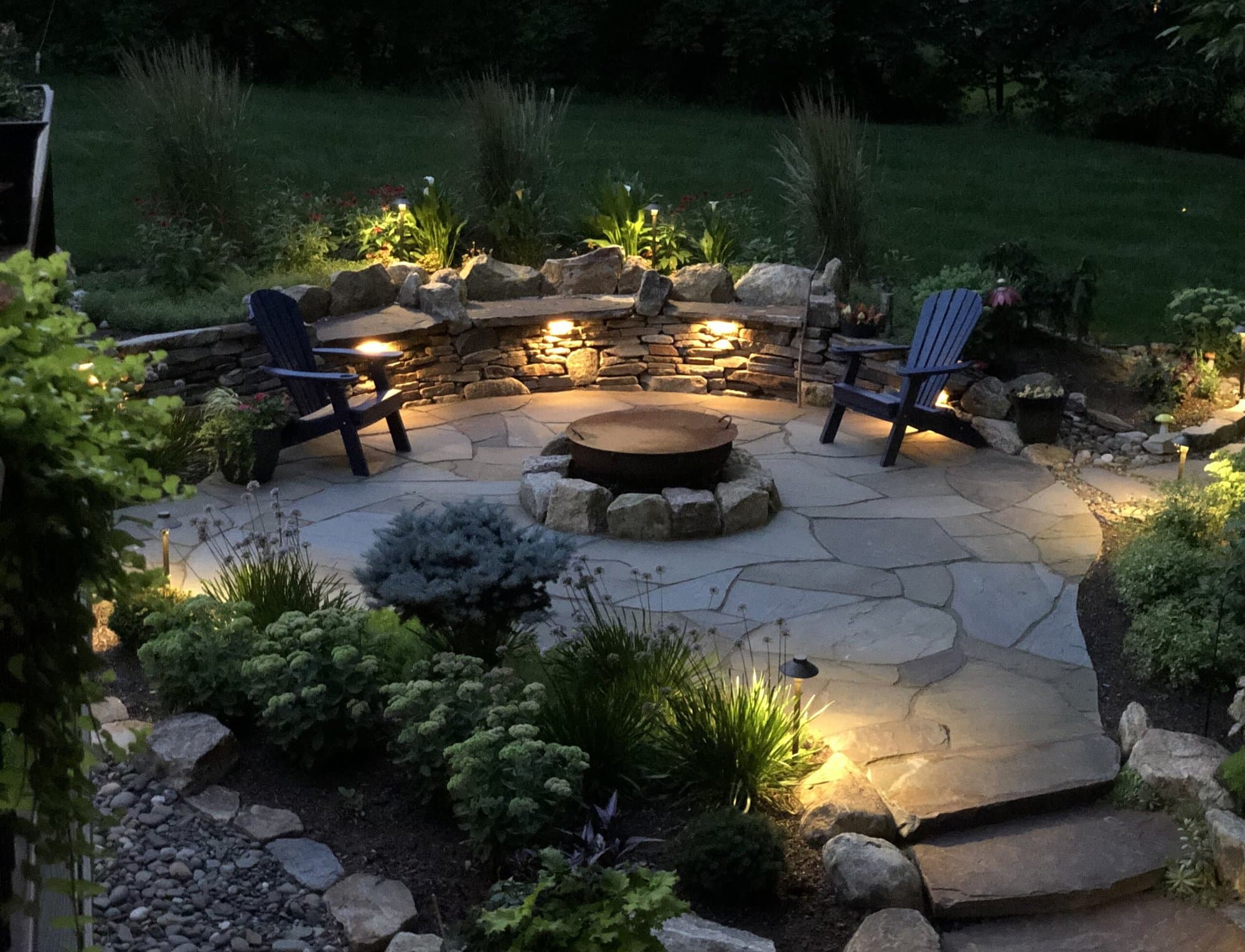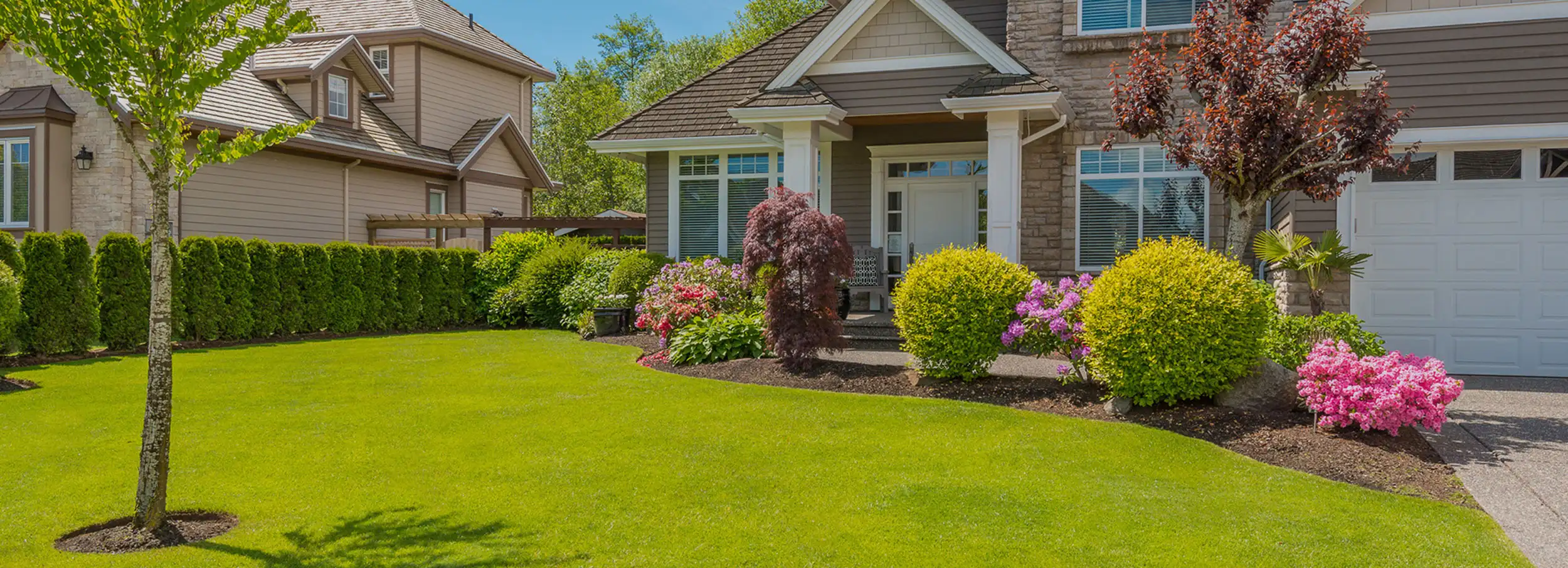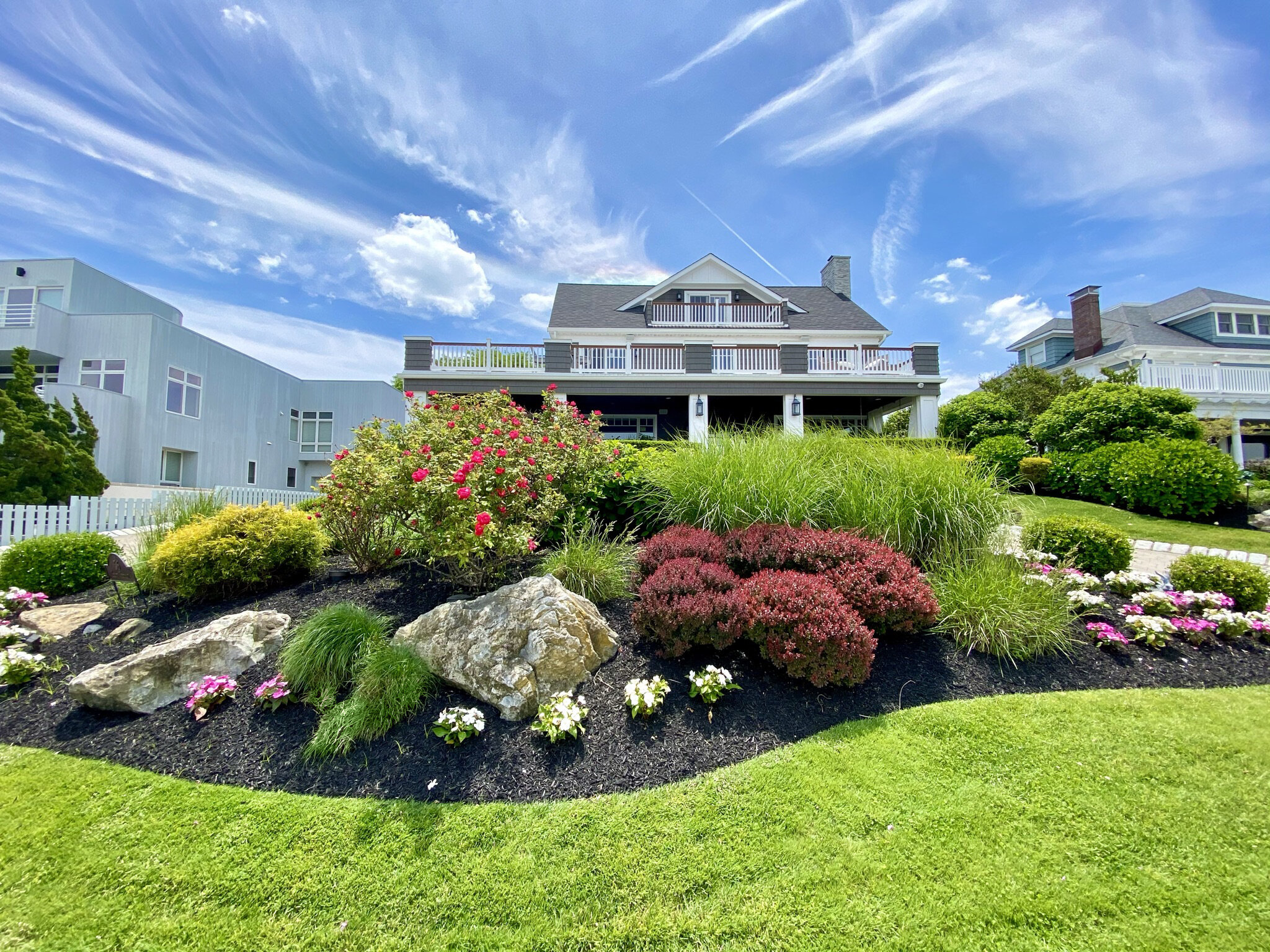Top Tips for Enhancing Your Yard with Palm Desert Landscaping Concepts
Top Tips for Enhancing Your Yard with Palm Desert Landscaping Concepts
Blog Article
A Comprehensive Overview to Creating and Implementing Effective Landscape Design Solutions
The art and science of landscape design prolong past plain aesthetic appeals; they entail a thoughtful assimilation of design concepts, ecological stewardship, and sensible application. What techniques can one utilize to make certain these landscapes not just thrive but additionally thrive in consistency with their surroundings?

Understanding Landscape Design Principles
One could question what fundamental components add to effective landscape layout. At its core, effective landscape layout pivots on numerous essential principles that assist the setup and option of aspects within an area. These principles consist of unity, percentage, rhythm, and balance, each serving to produce an unified exterior environment.
Unity describes the cohesive partnership among various components, making sure that they collaborate visually and functionally. Balance can be attained through asymmetrical or balanced setups, permitting the landscape to feel steady and welcoming. Proportion includes recognizing the scale of components in regard to each various other and the surrounding environment, advertising visual consistency and comfort.

Examining Your Outdoor Space
Prior to executing the concepts of landscape layout, a detailed evaluation of your outside area is important. This initial analysis helps define the scope of your landscape design job and makes sure that your layout straightens with the unique attributes of your property. Begin by examining the measurements of your area, taking exact measurements to comprehend the available location for different components such as yards, paths, and patio areas.
Next, observe the existing functions of your landscape, consisting of topography, dirt quality, and water drainage patterns. These factors considerably influence plant option and positioning. In addition, examine the sunlight direct exposure across different locations throughout the day, as this will certainly impact the sorts of plants that grow in your garden.
Think about the microclimates created by structures, trees, and various other obstacles, as they can affect temperature and moisture degrees. Take note of any type of existing plants or hardscape components that you desire to keep or remove. This detailed examination prepares for a well-informed and reliable landscaping service, making certain that your style is not just aesthetically pleasing but likewise useful and lasting for several years to come.
Lasting Landscaping Methods
Incorporating sustainable landscape design techniques is important for producing an eco responsible outdoor room. These practices not only advertise eco-friendly equilibrium but likewise boost the visual and practical value of a landscape. One foundational strategy is the utilization of native plants, which require less water and upkeep while sustaining regional wild animals. Applying reliable watering systems, such as drip irrigation, reduces water waste and guarantees that plants get appropriate moisture.

An additional effective technique is the strategic placement of trees and shrubs to provide all-natural windbreaks and color, hence decreasing power prices (Palm Desert Landscaping). Rain gardens can be incorporated right into the landscape style to handle stormwater overflow properly, filtering system contaminants prior to they enter waterways
Picking the Right Plants
Choosing the right plants for your landscape is essential to attaining both visual charm and environmental consistency. The process starts with an understanding of your regional climate, dirt conditions, and the certain microenvironments within your landscape. Evaluating factors such as sunlight direct exposure, dampness degrees, and existing flora will assist you select plants that grow in your distinct setting.
Take into consideration incorporating native plants, as they are well-adapted to neighborhood problems, require much less maintenance, and support regional wild animals. Furthermore, picking a varied array of species can boost biodiversity while minimizing the risk of condition and pest episodes. It is vital to examine the growth practices, blooming periods, and seasonal colors of possible plants to create a dynamic and natural landscape.
Moreover, think about the planned use of the room; as an example, if the area will certainly experience high foot web traffic, go with resistant ground covers. By thoughtfully choosing plants that line up with both your aesthetic objectives and environmental requirements, you can create a lasting landscape that not only improves your home however additionally adds positively to the surrounding ecological community.

Implementation and Upkeep Approaches
As soon as the best plants have been chosen for your landscape, the focus moves to effective execution and continuous upkeep methods. Successful installment begins with proper website preparation, which consists of dirt testing to establish nutrient levels and pH, complied with by amending the dirt as required. Meticulously prepare plants according to their growth behaviors and light requirements, ensuring appropriate spacing to promote healthy and balanced development.
Watering is an essential aspect of implementation. Develop a watering routine that considers the certain requirements of each plant varieties, readjusting for seasonal modifications. Utilizing drip irrigation systems can boost water effectiveness and decrease runoff.
Upkeep methods should be carried out to guarantee the long life and vitality of your landscape. Routine tasks include weeding, mulching, and trimming to regulate growth and prevent illness. Fertilization ought to be conducted based upon soil tests, offering the essential nutrients without over-fertilizing.
Checking for conditions and insects is vital; early detection can stop substantial damage. Last but not least, seasonal changes to upkeep routines, such as winterizing perennials and preparing for springtime development, will ensure that your landscape remains healthy and balanced and visually appealing year-round.
Final Thought
Effective application and recurring maintenance additionally ensure the long life and vigor of landscapes. By incorporating these aspects, landscapes Website can be transformed into stunning, practical environments that promote biodiversity and add positively to area wellness.
One could wonder what fundamental aspects add to effective landscape design. At its core, successful landscape design pivots on several key concepts that guide the plan and choice i was reading this of aspects within a room.Choosing the right plants for your landscape is critical to attaining both visual charm and environmental harmony. It is vital to assess the growth behaviors, blooming durations, and seasonal shades of potential plants to develop a natural and vibrant landscape.
Once the right plants have actually been picked for your landscape, the emphasis changes to efficient execution and ongoing upkeep approaches.
Report this page